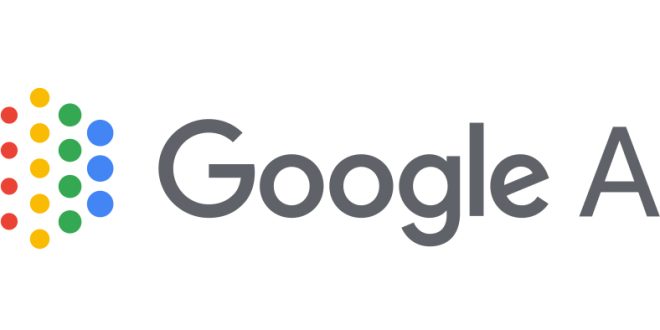Google AI services are designed to provide users with a seamless and personalized experience by leveraging the latest advances in artificial intelligence. These services span a wide range of areas, from search and language processing to image recognition and virtual assistants.
One of the key areas in which Google AI has made significant progress is natural language processing (NLP). NLP is the ability of computers to understand and interpret human language, including spoken and written words. Google’s NLP technology is used in a variety of services, including Google Search, Google Assistant, and Google Translate.
Google Search, for example, uses NLP to understand the intent behind a user’s query and provide the most relevant results. This includes analyzing the structure and meaning of sentences and phrases, as well as identifying synonyms and related concepts. Google Assistant uses NLP to understand natural language commands and queries, allowing users to interact with their devices in a more intuitive way.
Google Translate is another area where the company has made significant strides in NLP. The service uses advanced machine learning techniques, including neural machine translation, to provide high-quality translations between languages. Google Translate can also recognize and translate text in images, making it a powerful tool for travelers and language learners.
In addition to NLP, Google AI has also developed advanced computer vision technologies for image and video recognition. Google Photos uses computer vision to automatically categorize and organize photos based on their content, including people, objects, and locations. The service can also recognize faces and group photos together based on the people in them.
Google’s computer vision technology is also used in other products and services, including Google Lens and Google Maps. Google Lens allows users to point their phone camera at an object or location and receive information about it, such as the name of a plant or the hours of a business. Google Maps uses computer vision to recognize and label landmarks and other points of interest, making it easier for users to navigate in unfamiliar areas.
Another area where Google AI has made significant progress is machine learning, a technique that allows computers to learn and improve over time without being explicitly programmed. Machine learning is used in a wide range of Google products and services, including Google Photos, Google Assistant, and Google Ads.
In Google Photos, machine learning is used to automatically enhance photos and suggest edits, such as brightness and contrast adjustments. Google Assistant uses machine learning to improve its natural language understanding and provide more accurate and personalized responses to user queries. And Google Ads uses machine learning to optimize ad targeting and placement, ensuring that ads are shown to the right people at the right time.
Overall, Google AI services are designed to provide users with a more intuitive, personalized, and seamless experience by leveraging the latest advances in artificial intelligence. These services span a wide range of areas, from search and language processing to image recognition and virtual assistants, and are constantly evolving to meet the changing needs of users.
 Empowering you with knowledge Empowering you with knowledge
Empowering you with knowledge Empowering you with knowledge


